No matter how much resources and time you devote to your lawn, after a few years, even the most well-maintained lawns can wear out and start looking sparse.
That is where overseeding comes in! Overseeding keeps your grass competitive and filled with freshness and vibrancy without the need to start from scratch. While most homeowners overseed a lawn to fix thinning or bare patches, experts overseed a lawn to prevent thinning.
The fundamentals of overseeding are common everywhere. However, the specifics can vary depending on the region and grass type. Take grass seed, for example.
For the best results, you will need to choose a grass seed ideal for your climate, soil, and grass type. Overseeding every two to three years with a superior grass seed helps the lawn resist drought and disease and keeps the grass looking great.
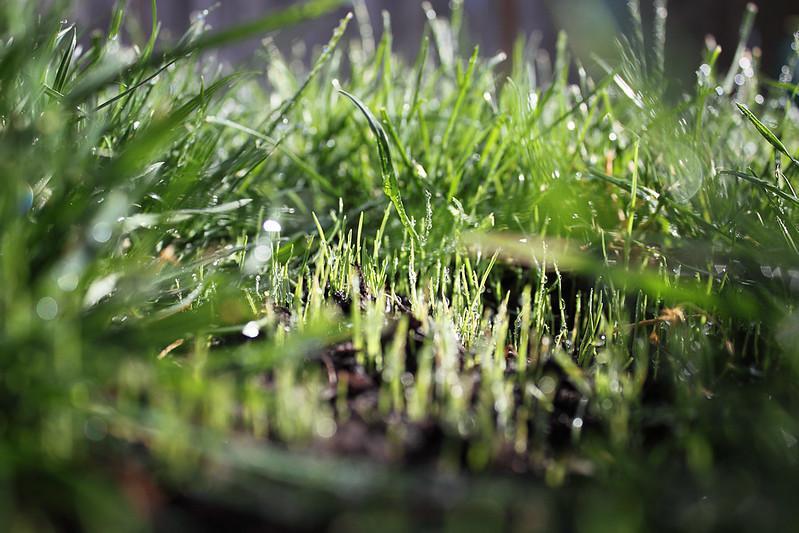
So, what is the best grass seed to overseed a lawn? To give you the answers, we examined and used the major grass seed brands, analyzing their formulation, usability, and efficacy. And here are our top picks:
| Best Overall | Scotts Turf Builder Grass Seed Sun and Shade Mix |
| Runner-Up | Scotts Turf Builder Grass Seed High Traffic Mix |
| Best For Shade | Pennington One Step Complete for Dense Shade Areas |
| Best For Full Sun | JB Instant Lawn Sunny Signature Premium Lawn Seed |
| Best For Warm-Season | Scotts Turf Builder Grass Seed Southern Gold Mix |
| Best For Cool-Season | Barenbrug Winter Wonderlawn Overseeding Lawn Mix |
| Best For Heavy Traffic | Jonathan Green Black Beauty Heavy Traffic Grass Seed |
| Best For Clay Soil | Jonathan Green Black Beauty Ultra Mixture |
| Best For Dry Areas | Jonathan Green Black Beauty Grass Seed |
| Best For Wet Soils | GreenView Fairway Formula Perennial Ryegrass Seed Blend |
What To Consider Before You Overseed
When overseeding a lawn, pick a variety of grass seeds that can thrive in the conditions of your yard for the most outstanding possible results. The amount of sunshine that the lawn is exposed to, the environment in general, and the type of grass planted are all factors that should be considered.
In addition, you also need to keep in mind that the quantity of seed you will need to overseed the grass will be determined in part by the size of the yard as well as the coverage rate of the seed. So let’s discuss these points in a bit more detail.
Climate And Sun Exposure

Most grass seed varieties thrive in full to partial sunlight. However, the newer and better cultivars can also withstand shade.
Nowadays, lawn care companies are always trying to come up with grass cultivars that can grow well in a range of different climates. Therefore, as a buyer, you can buy specialized seeds even within a single grass seed family.
For instance, the fescue grass seed alone has multiple variations. These include the fast-growing fescue grass seed that can survive heavy traffic but doesn’t enjoy hot weather, the creeping fescue grass seed that can grow even in deep shade, and the hard fescue grass seed that thrives in colder climes and high elevations.
Types Of Grass Seed
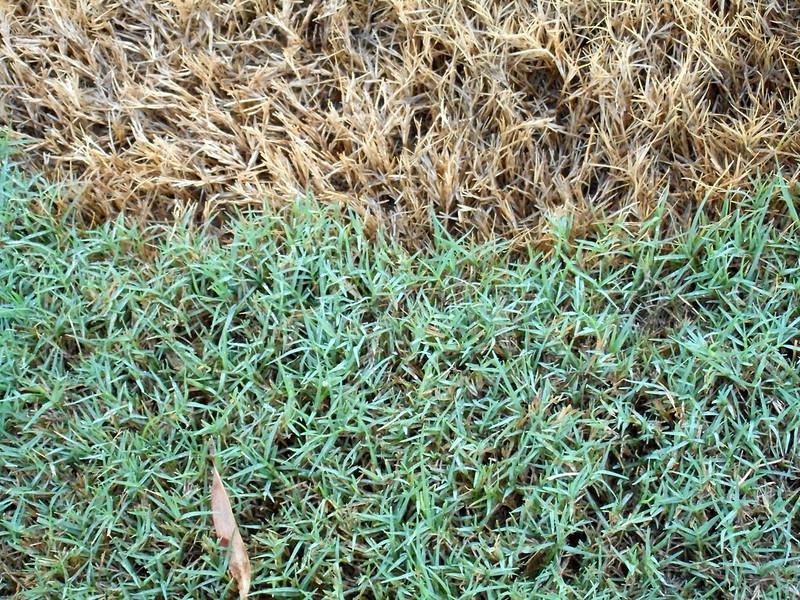
Not all types of grass seeds flourish equally in all climates; some seeds are better adapted to cold conditions, while others can only survive in subtropical areas. So, choose a variety of grass seeds for overseeding based on what grows best in your region.
Here is a quick guide for some of the most common lawn grasses.
Bermuda Grass Seed
Bermuda is strictly warm-weather grass that thrives in sunny yards and is quite drought-tolerant. However, it disdains the cold and doesn’t tolerate heavy shade.
Perennial Ryegrass
Perennial ryegrass struggles in the cold and is helpful for overseeding lawns in somewhat mild or warm areas. However, it needs a lot of water.
Fescue Grass
Fescue is among one of the fastest-growing grasses. It thrives in both sunny and shaded areas. It is also appreciated for its tolerance to drought and foot traffic.
Buffalo Grass
Buffalograss flourishes in the Midwest and Great Plains and is prized for its low maintenance needs. However, it goes dormant in early fall and is relatively slow to green in spring.
Kentucky Bluegrass
Although less drought-resistant than fescue, Kentucky bluegrass can withstand cold very well. It is also dense, resilient, and can withstand heavy foot traffic better than fescue.
Low Maintenance

It is impossible to have a lawn that requires no upkeep. However, you can cut down on watering, fertilization, dethatching, and mowing by overseeding with a grass variety that thrives in the area. For instance, buffalo grass is a low-growing variety and needs fewer mowings than fescue, a fast-growing grass variety.
Similarly, a drought-tolerant species, like Bermuda grass, is among the finest choices for warm, sunny areas prone to drought and water shortages. Also, remember, grass that is minimal maintenance in one place can be high maintenance in another. So, choose a type that is well adapted or natural to the location.
RELATED: Overseeding A Lawn With Weeds: A Simple And Easy Guide
Let’s Talk About Our Top Picks
Once again, take into account the type of existing grass in the lawn before selecting a grass seed for overseeding. It is advised to overseed with the same kind if the yard is flourishing well. On the other hand, consider overseeding with a better variety if the grass suffers from issues like being patchy, sparse, and overrun with weeds.
The seeds mentioned here are designed for different climates and lawns. However, each performs phenomenally in its respective category.
Scotts Turf Builder Grass Seed Sun & Shade Mix | Best Overall
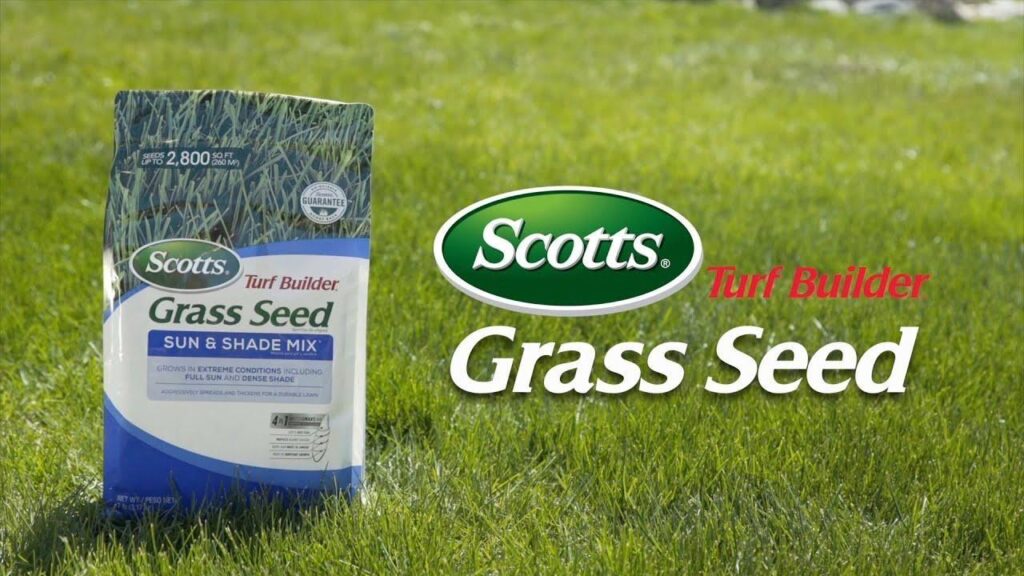
Our top pick, Scotts Turf Builder Grass Seed Sun & Shade Mix, thrives in both scorching sunshine as well as in heavily shaded lawns. This Scotts’ seed mix can also tolerate droughts and cold winters really well.
The seeds are wrapped in a unique WaterSmart Plus coating that allows them to absorb twice as much water as seeds without the coating.
Additionally, the coating shields your seedlings from a variety of grass diseases and provides them with vital nutrients to kick-start growth.
Scott’s does not advise utilizing this mix in Southern states even though it can withstand harsh weather fluctuations.
| Pros | Cons |
|---|---|
| Thrives in shade and sun Resistant to lawn disease Holds up well in droughts and cold winters |
Not suited for hot climates |
| Product Features | |
| A 20-pound bag can cover up to 8000 square feet 99.99 percent weed-free It contains coated seeds to retain moisture | |
Scotts Turf Builder Grass Seed High Traffic Mix | Runner Up

In our tests, coming in second place is another Scotts product. Scotts Turf Builder Grass Seed High Traffic Mix can tolerate many fun and activities from an active family with children and pets.
Several premium cool-season grass varieties that can handle little shade as well as full sun, are included in this mixture.
Scotts Turf Builder Grass Seed High Traffic Mix has Scotts’ distinctive 4-in-1 WaterSmart coating, which holds and absorbs moisture to boost germination rates. The coating also contains a starter fertilizer to aid the new seedlings in getting off to a healthy start.
Additionally, the coating also provides some protection against diseases that affect lawns.
| Pros | Cons |
|---|---|
| Excellent for sunny lawns Tolerates heavy foot traffic really well |
Not suitable for warm areas Not good for shady lawns |
| Product Features | |
| A 7-pound bag can cover up to 3500 square feet Seeds have a 4-in-1 protective coating |
|
Pennington One Step Complete For Dense Shade Areas | Best For Shaded Lawns
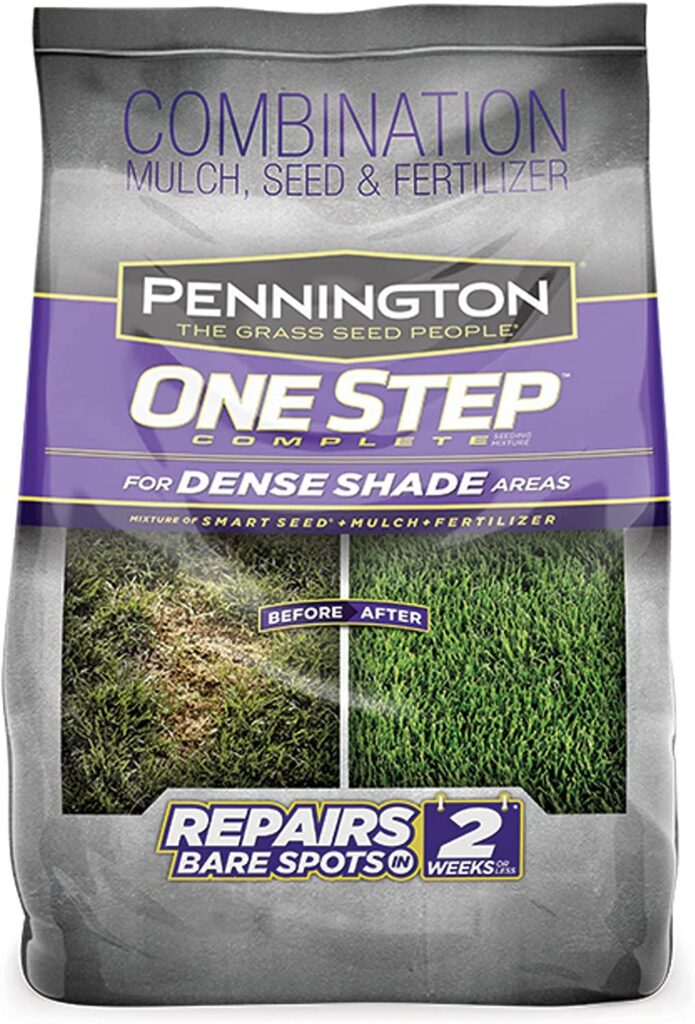
Pennington One Step Complete combines the brand’s Smart Seed technology with mulch and professional-grade fertilizer to allow the grass to flourish in heavily shaded areas.
This allows the seed to grow in as little as two weeks, even in the challenging areas of your lawn that receive only two to four hours per day of direct sunlight.
This ultra-absorbent mixture is a quick and simple way to get a lush, spot-free yard, whether starting from scratch or just trying to patch up sparse spots.
| Pros | Cons |
|---|---|
| Great for fixing bare patches in large lawns It comes with added mulch and fertilizer Seeds grow fast |
Not suitable for warm-season lawns |
| Product Features | |
| A single bag weighs about 8.3 pounds It covers about 125 square feet Has Pennington’s Penkoted technology for better plant growth |
|
JB Instant Lawn Sunny Signature Premium Lawn Seed | Best For aSunny Lawns
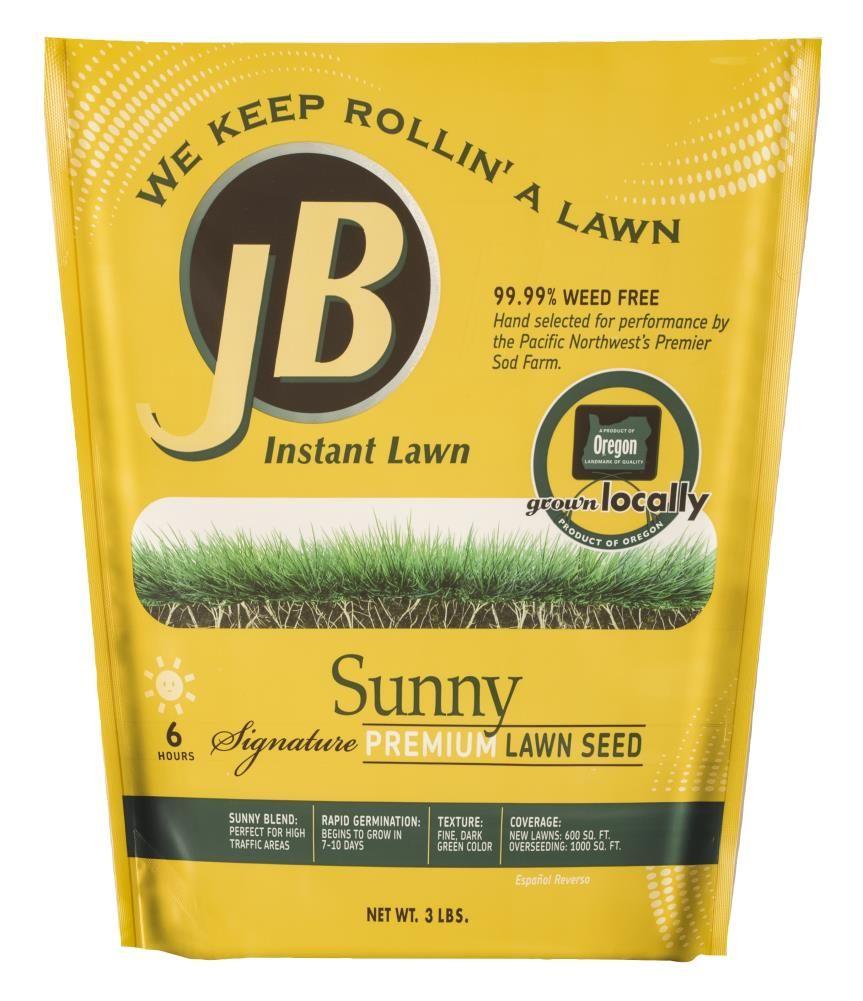
The Sunny Blend from JB Instant Lawn is designed to thrive in full exposure to the sun. It thrives in regions that are not shaded and receive at least six hours of direct sunlight each day. Clear skies are ideal for its growth.
The trademark perennial ryegrass seed of the company produces dense lawns of sod quality, with fine blades and dark green coloration.
It takes seven to ten days for the seeds to germinate, which can either be planted in existing grass or used to start a new lawn from scratch.
| Pros | Cons |
|---|---|
| Grows fast Works with existing grass on the lawn It comes in various sizes |
Not suited for Midwestern lawns |
| Product Features | |
| A 3-pound bag can cover up to 600 square feet (for new lawns) A 3-pound bag can cover up to 1000 square feet (for overseeding a lawn) Excellent for use in high-traffic areas |
|
Scotts Turf Builder Grass Seed Southern Gold Mix | Best For Warm-Season Areas
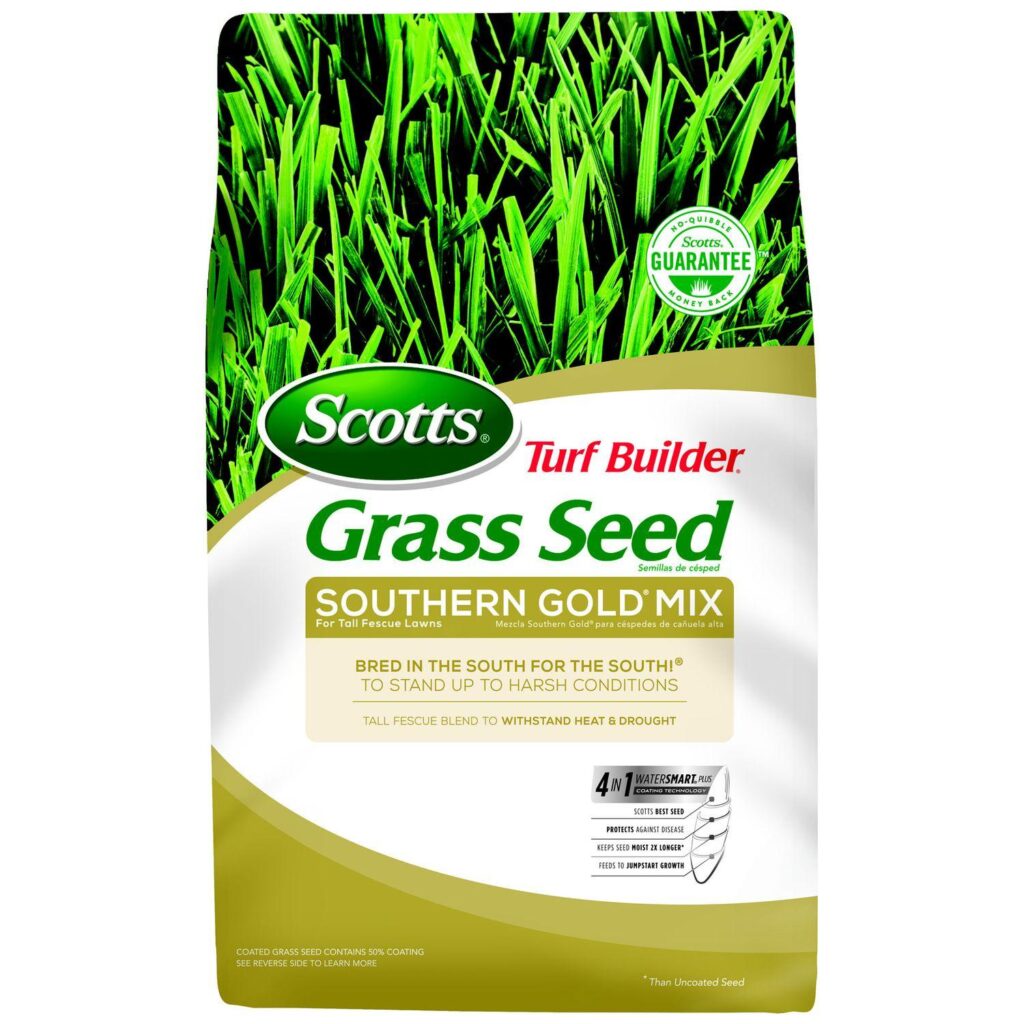
The Scotts Turf Builder Southern Gold Mix is composed of many different kinds of warm-season fescues that have been bred specifically for their capacity to withstand high temperatures in the southern part of the United States.
Southern Gold Grass Seeds can be used to establish a lawn as far east as the Atlantic Ocean and as far south as Texas. The Seed combination is also resistant to drought, insects, and diseases and can tolerate a certain amount of shade.
Like all of Scotts’ other seed mixes, this warm season mixture has a protective coating called WaterSmart, which helps the seeds retain moisture better.
| Pros | Cons |
|---|---|
| Can tolerate mild shade Has excellent drought and pest resistance It is suitable for hot climates |
Not well suited for northern areas |
| Product Features | |
| A 20-pound bag can cover up to 5000 square feet Contain Scotts’ WaterSmart coating |
|
Barenbrug Winter Wonderlawn Overseeding Lawn Mix | Best For Cool-Season Areas
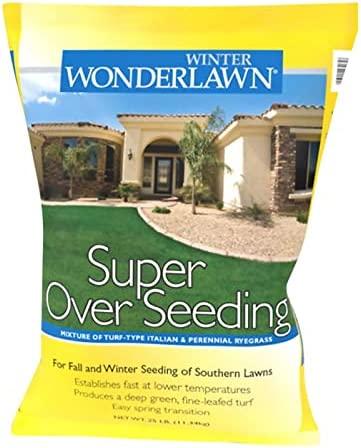
If you live in cold areas, keep a bag of Barenbrug Winter Wonderlawn Overseeding Lawn Mix on hand for the colder months. The mixture consists of a combination of Italian and perennial ryegrass, perfect for overseeding your lawn during the colder months.
Even in the fall and winter, this grass seed germinates in four days and grows swiftly. So, you can expect a dense growth of fine-bladed grass with a deep green hue within a few weeks.
| Pros | Cons |
|---|---|
| Has good tolerance against heavy foot traffic Grows fast Can thrive in partial shade |
Not suited for northern lawns |
| Product Features | |
| A single bag contains 25 pounds of seeds You can cover up to 1000 square feet with a single bag |
|
Jonathan Green Heavy Traffic Grass Seed | Best For Heavy Foot Traffic
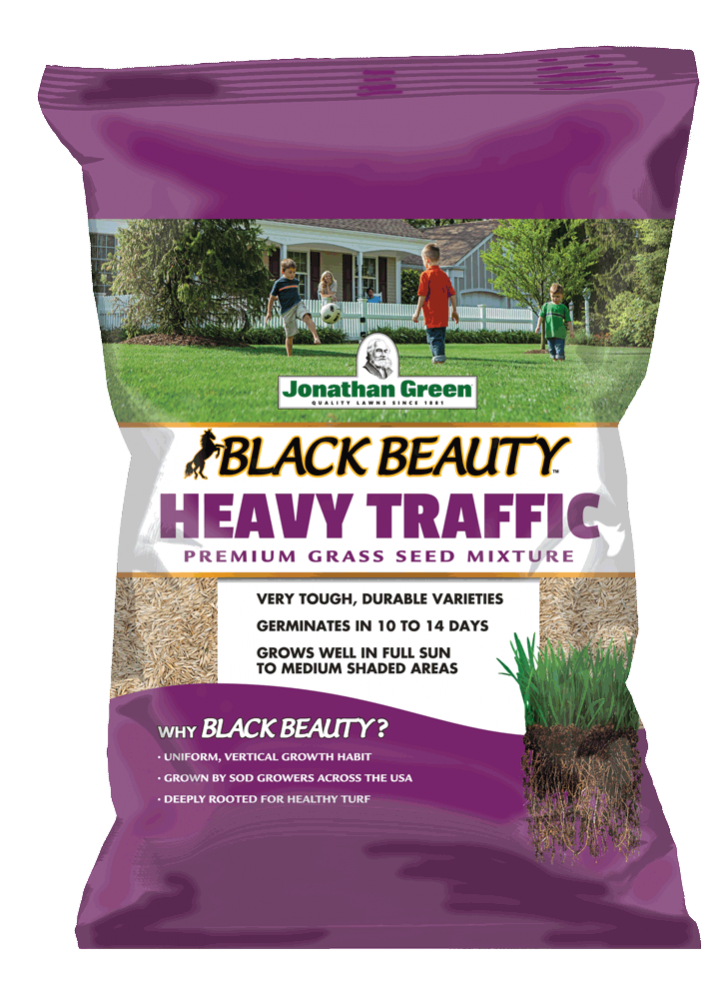
Not only does this seed mix do well in foot traffic, but it also has excellent tolerance against weeds.
We advise you to go with Jonathan Green Black Beauty Heavy Traffic Seed Mix if you have young children, dogs, or a bustling lawn in general. The Heavy Traffic Premium Mixture from Jonathan Green contains fescue and perennial ryegrass seeds.
Fescue grass in the mix emits an amino acid that functions as a herbicide and inhibits the growth of broadleaf weeds and crabgrass on the lawn. In addition to that, this tested seed recipe can withstand wear and has a natural resistance to insects.
| Pros | Cons |
|---|---|
| It stands well against heavy foot traffic Resists weeds and insects |
Not suitable for shaded areas |
| Product Features | |
| It comes in various sizes A single bag can cover up to 1200 square feet |
|
Jonathan Green Black Beauty Ultra Mixture | Best For Clay Soil
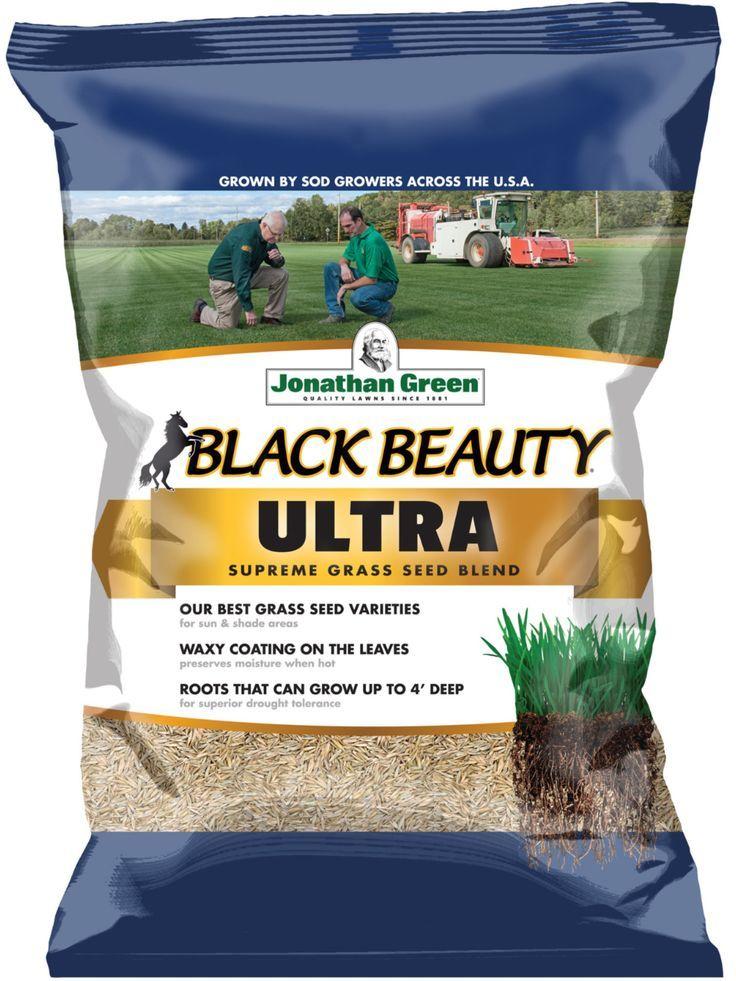
Clay soil makes it challenging to grow a lush stand of grass. However, the Jonathan Green seed blend makes it easy. The mix consists of Kentucky bluegrass, perennial ryegrass, and fescue grass and creates a lush green lawn In both sunny and shaded areas.
The Jonathan Green seed hybridization technique produces genetically modified grasses with a slightly waxy covering on grass blades. This is excellent for holding moisture and staying healthy in drought circumstances.
The coating also prevents grass blades from fraying when mowed and strengthens the lawn’s resistance to diseases and pests.
| Pros | Cons |
|---|---|
| Grass produced has deep roots Grass blades have a protective waxy layer Does well in shade |
Not suitable for hot areas |
| Product Features | |
| A 25-pound bag can cover up to 10,000 square foot Available in various sizes |
|
Jonathan Green Black Beauty Grass Seed | Most Drought Tolerant Seed Mix
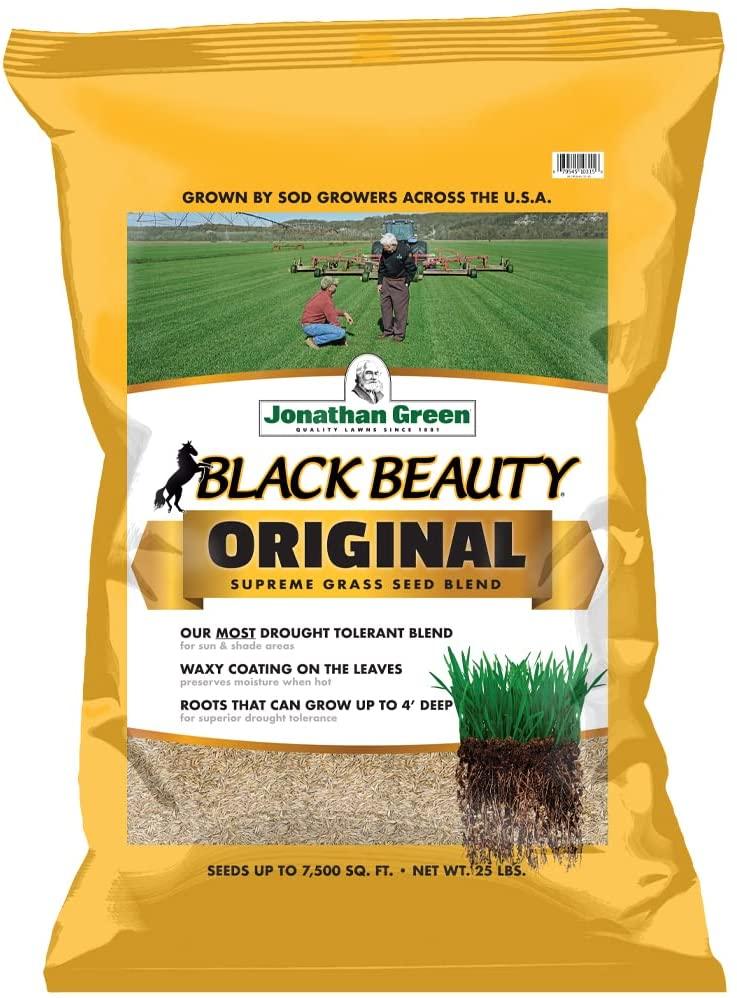
Jonathan Green Black Beauty Grass Seed excels in locations where dry spells are likely. It contains a blend of premium tall fescue seed that produces a dark green lawn in mid-to-northern regions.
Due to the exclusive breeding of this Black Beauty hybrid, the grass blades are slightly waxy, which aids in shielding the plant from disease and moisture loss.
Black Beauty tolerates thick clay soils where other lawn grasses struggle to grow and quickly establishes a vast root system that can reach depths of up to 4 feet in some soils.
| Pros | Cons |
|---|---|
| Extremely tolerant to drought Developed grass has a protective coating Grown grass has deep roots |
It doesn’t tolerate hot climates |
| Product Features | |
| It comes in various sizes A 50-pound bag can cover up to 15,000 square feet |
|
GreenView Fairway Formula Perennial Ryegrass Seed Blend | Best For Damp Soils
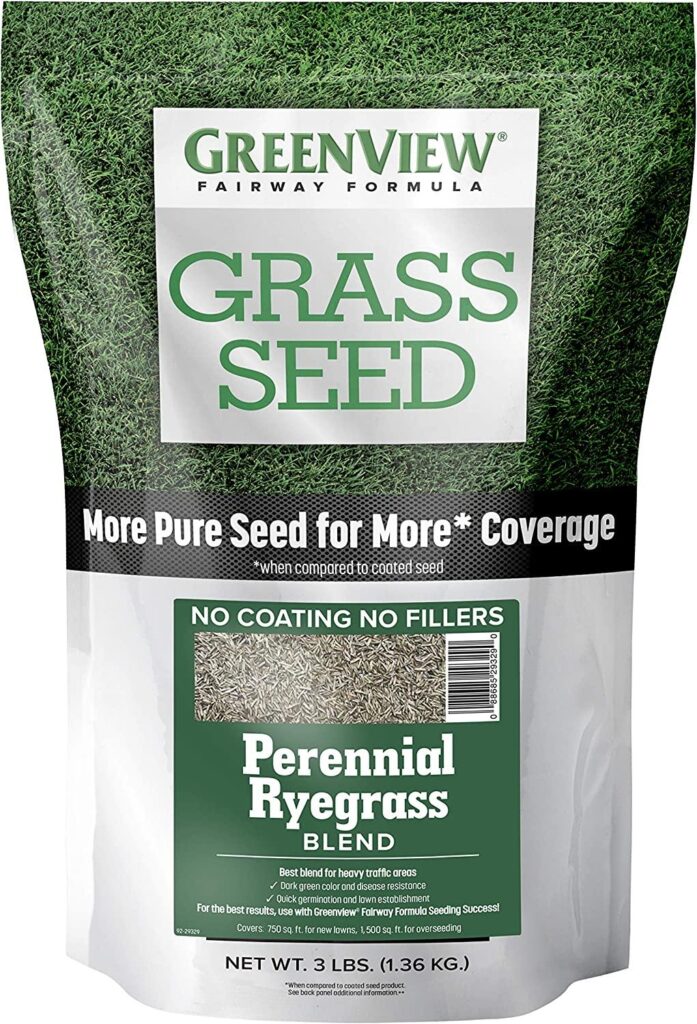
GreenView Fairway Formula Grass Seed Perennial Ryegrass Blend is the best seed blend when you want to establish your lawn rapidly in moist and damp soils. It is also a good blend for lawns with high activity or heavy foot traffic tolerance.
TheGreenView Fairway Formula Perennial Ryegrass Seed Blend contains a mixture of cool-season grasses that offer fast coverage. This particular seed mix is also used for overseeding warm-season grasses in the fall and cooler months of the year.
| Pros | Cons |
|---|---|
| Best for sunny and partially shaded areas The grass produced is dark green colored |
Seeds are not coated |
| Product Features | |
| It comes in various sizes A 3-pound bag can cover up to 1500 square feet when overseeding |
|
Before You Overseed
Before overseeding your lawn, it is necessary to have a solid understanding of the issues that led to the lawn’s need for overseeding in the first place. Following is a list of issues that are most commonly associated with overseeding a yard:
- Bad fertility
- Bad soil condition
- Neglect of lawn
- Not enough sunlight
- Not enough water
- Overdose of thatch
- Planting of the wrong grass variety
- Poor air circulation
- Poor drainage
- Soil compaction
To guarantee that the new grass will grow healthy, it is imperative that you first gain an understanding of the issue at hand before introducing new seeds.
How To Overseed A Lawn?
Various things must be done to ensure the best results before overseeding the lawn. First, you need to mow the grass low and remove all the dead grass from the lawn. Following mowing, loosen the soil and spread the seeds.
Rake the seeds to ensure good soil contact. Next, keep the soil surface wet for two weeks and use a starter fertilizer. Once the grass establishes, you can mow and water it as usual.
If you want to learn more about overseeding a lawn, here is a detailed guide on the subject. Also, if you are trying to overseed a lawn with weeds, check out this article.
RELATED: How To Plant Grass Seeds On Hard Dirt For Best Results? A Simple & Easy Guide
Frequently Asked Questions
Can I just throw grass seed down on the existing lawn?
It is possible to plant new grass seeds directly into an existing lawn. However, if you take the time to prepare your lawn first, you will enhance the likelihood of seed germination and improve the quality of the finished yard.
Should I put topsoil over grass seed?
It is always preferable to lay down a layer of topsoil before spreading grass seed on the ground. While the seeds of some plants need to be on the surface to sprout and flourish, grass seeds prefer to be covered to germinate efficiently.
How much grass seed do I need to overseed?
When overseeding, use around half the seed you would typically use for starting a lawn from scratch on bare ground. Overseeding and seeding rate also varies between grass types.
What is the hardiest grass seed?
This depends on where you live. Kentucky bluegrass is king in the northern states. However, in southern states, Bermuda grass seed is the hardiest. Other grasses that do well in northern states are fescue grasses, while other grasses that do well in southern states include zoysia grass and tall fescue.
Is it OK to mix fescue grass and Bermuda grass?
Bermuda seed can be sown along with fescue, but it will take two years before the green and brown spotty winter appearance disappears. The best time to plant Bermuda seeds is towards the middle of May.
Sources For Further Reading
Purchasing Quality Grass Seed For Your Lawn – Purdue University Extension Service
Finding the right grass seed – University of Minnesota Extension Service
Grass Seed – University of Maryland Extension Service







